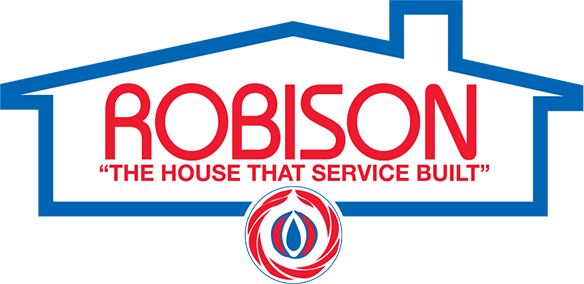SIX SOURCES OF INDOOR AIR POLLUTION – AND HOW TO COMBAT THEM
Burning eyes, cough and chest tightness, throat irritation and wheezing. They’re all symptoms of poor air quality that most associate with the outdoors. But did you know that the air quality inside your home can be just as – or even more – polluted? With winter on the way and more time spent indoors, now’s the time to consider a home air quality evaluation.
Indoor air quality (IAQ) refers to the overall makeup of the air we breathe indoors. While contaminants and their sources may vary, indoor air pollution is dangerous to your health — something we at Robison work hard to prevent. For over 100 years, we’ve been the air quality experts for homeowners in Westchester and Putnam. Here we share some common sources of indoor air pollution — and how to combat them.
1. Pollen, Dirt and Dander
Dust mites, dander, mold, mildew and pollen are just a few of the various “biological” agents that can count as indoor air pollution. These pollutants build up naturally in homes and offices over time.
2. Building Supplies
Building supplies (both past and present) are oftentimes made or reinforced with toxic chemicals. It’s possible for them to release harmful chemicals into the air. Pollutant-laden building supplies may include everything from insulation to treated wood and particleboard to finishes, varnishes, glues, caulks, primers and paints.
3. Cleaning Solutions
Cleaning supplies are notorious for contributing to indoor air pollution. Commercially available cleaning supplies, especially those with a strong odor, are often made of toxic chemicals that contribute to indoor air pollution.
4. Smoke, Fire or Combustion Sources
It’s no secret that tobacco smoke is an indoor air pollutant that is harmful to human health, but what about other combustion sources? Smoke from fireplaces, gas stoves and even candles and incense can release carbon monoxide, methane, fluorocarbons and nitrogen dioxide.
5. Chemicals found in other sources in and around the house:
VOCs (volatile organic compounds), (paint, perfume, hairspray, printers, etc.)
Radon (invisible radioactive, carcinogenic gas that seeps into foundations from the ground)
Asbestos (a hazardous fire retardant common in outdated insulation and popcorn ceilings)
Formaldehyde (furniture, particleboard, insulation, plywood)
Pesticides (used by homeowners, past and present in your home, to control ants, fleas, etc.)
6. Poor ventilation and humidity levels
It’s not just the materials found or used in a space. Other factors that affect indoor air quality include ventilation, humidity and building practices. Ensuring proper whole-home ventilation, a proper level of humidity (not too wet, not too dry), proper HVAC maintenance, and air quality testing can help mitigate many of the problems associated with indoor air pollution.
Improve the quality of the air your breathe with Robison!
At Robison, we know that indoor air quality is key to good health. Contact Robison today to learn how our air quality testing and services can greatly improve the air you breathe throughout your home. Call (914) 345-5700 today to schedule an appointment or visit www.robisonoil.com/services/indoor-air-quality.
